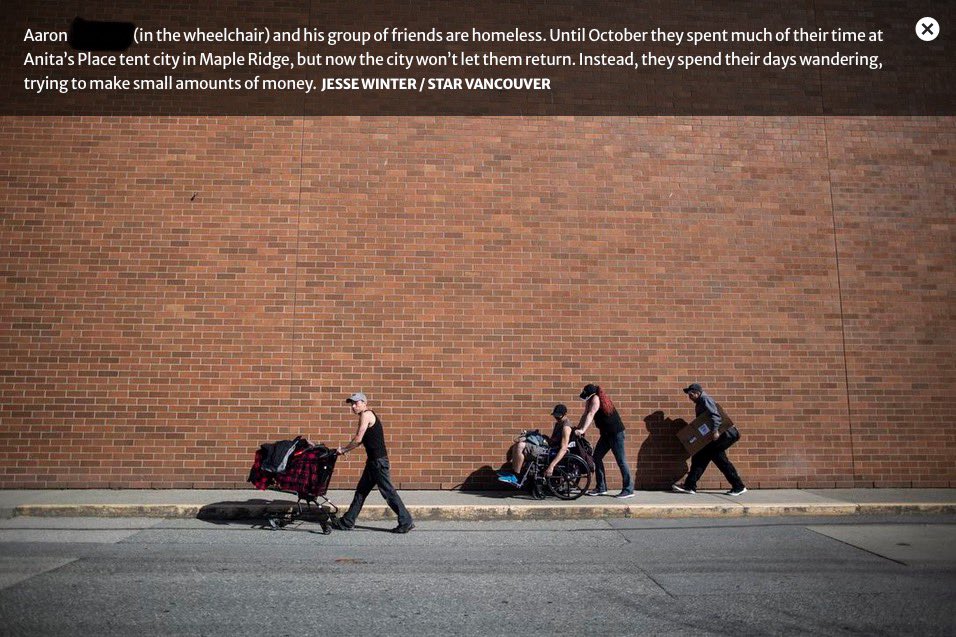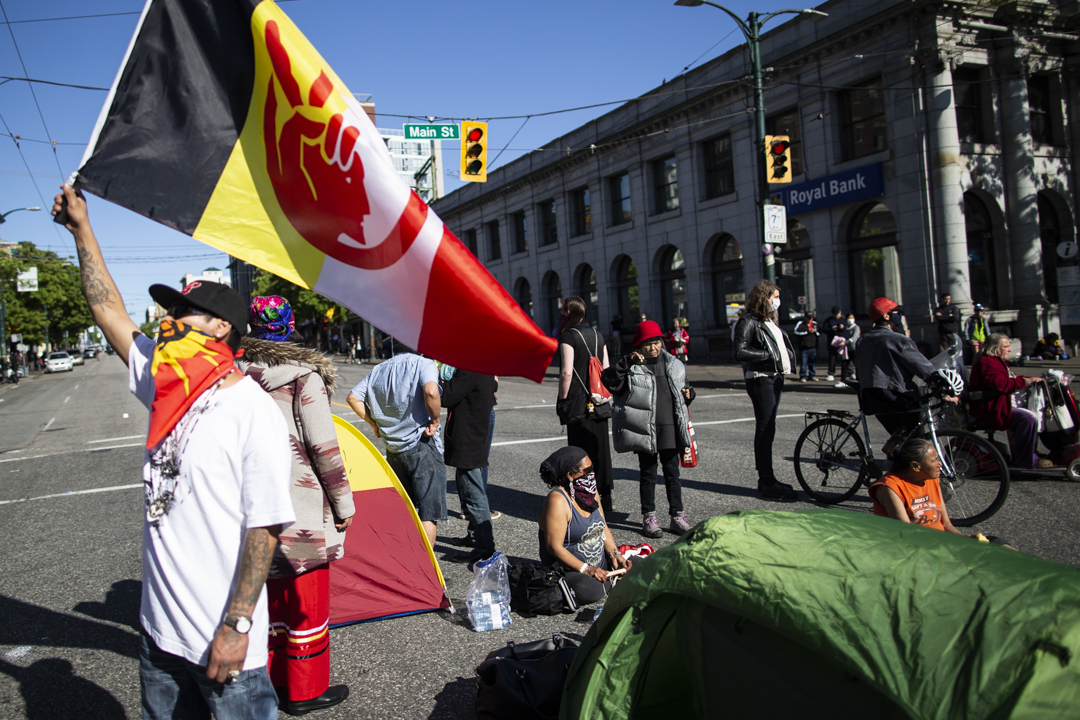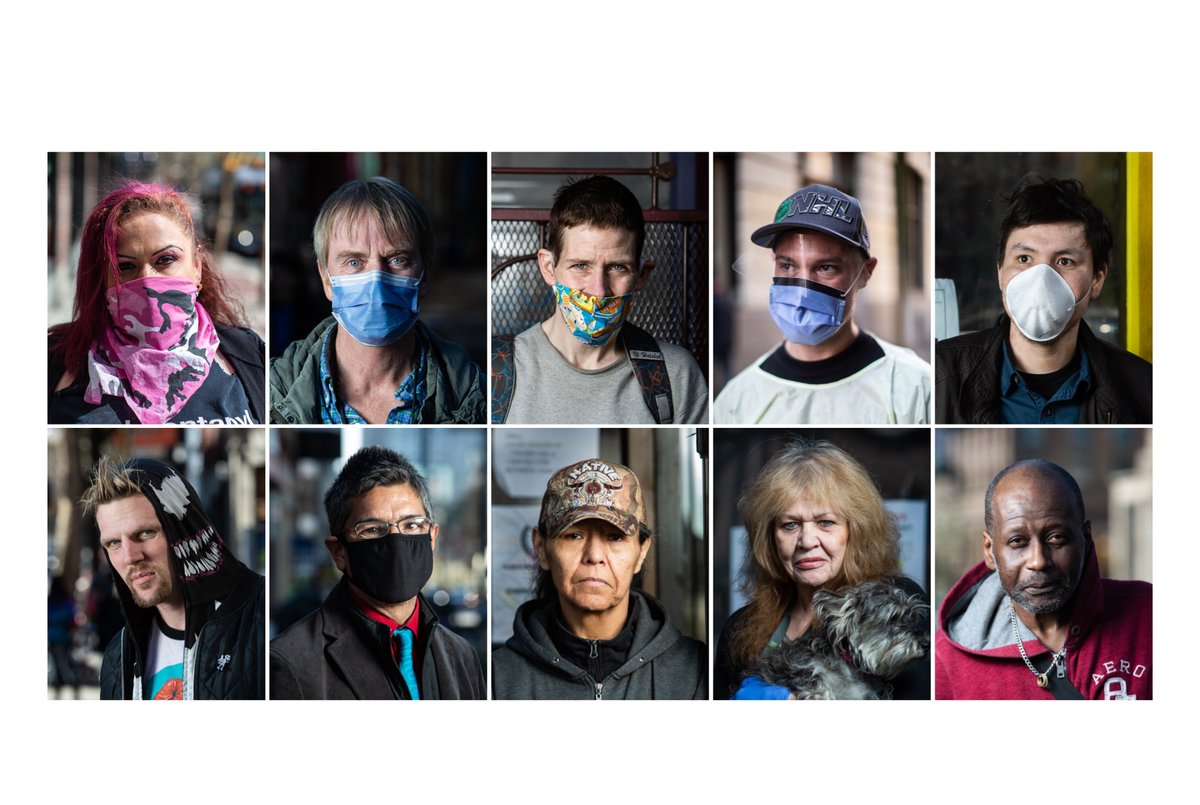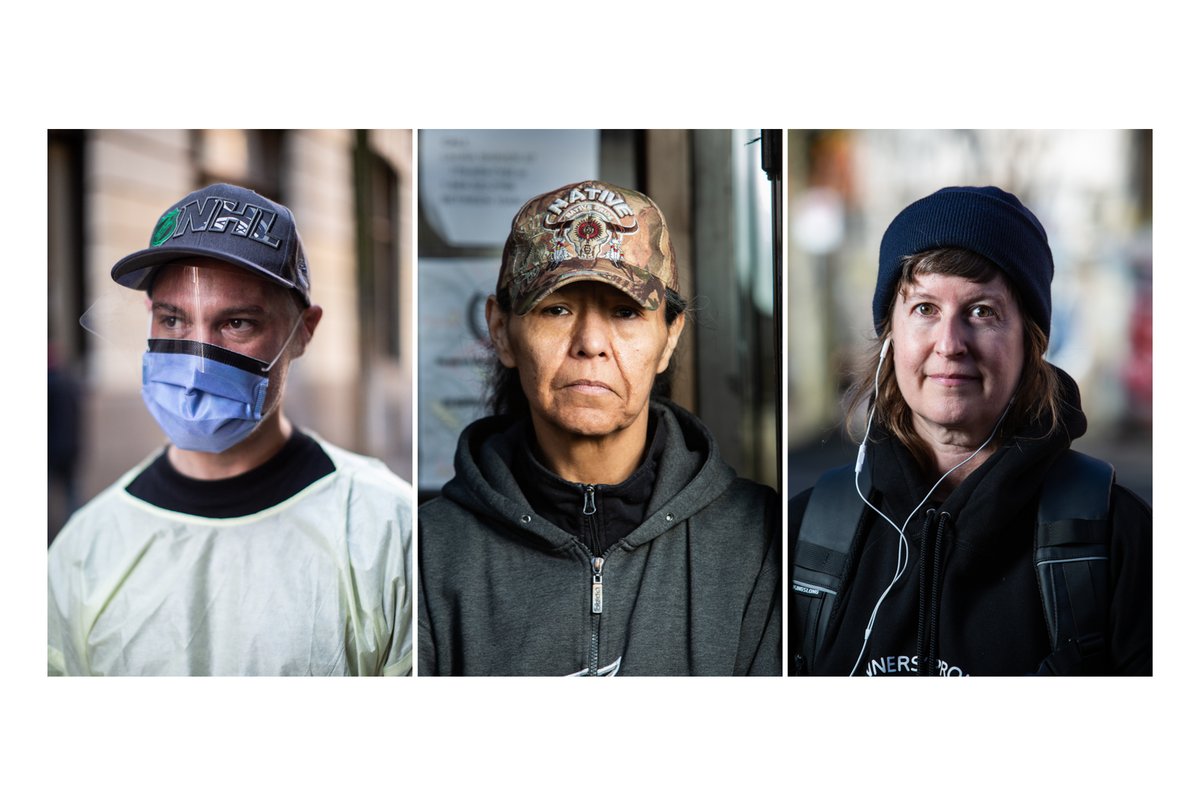
A Thread: I spent lots of time this year thinking how we photograph poverty/ addiction/ marginalization/ etc. For @TheTyee, here’s my best attempt to distill it all into something readable: thetyee.ca/Analysis/2021/…
TL/DR: People struggling within failed/ failing public systems are - like all of us - complex and human. They deserve to be seen & treated as such, not turned into anonymous, reductive symbols
As photojournalists, our job is to hold up a mirror to the public. When we rely on representing poverty/ marginalization/ homelessness/ etc. only by what can be seen from the street, that mirror breaks & only a small shard is seen
That doesn’t mean we shouldn’t show upsetting/ painful scenes. But we should show them in the context of the larger picture /w informed consent: vice.com/en/article/akw…
There are already lots of photographs of needles in arms, people splayed out in the street, rigs strewn on the ground. These scenes are often (though not always) part of the larger story and still occasionally need to be seen (again, in proper context)
I photographed Aaron & his friends preparing to use drugs in 2019, but only after we had long, clear conversations about how the photos might be used, where they could end up & why we both felt they were important: 

The story was about how the closing of a tent encampment forced Aaron & his friends to use in much riskier environments, often alone & hidden. Their risk of overdoses was much higher as a result
I also included other scenes in the story, trying to show elements of their community, and complexity beyond being people who use substances: 

I always remember on these stories to try and capture humanity first, so readers can connect to people like Eric Buurman (photo 1) or Roxanne Smythe (photo 2) and hopefully see them as more than symbols, more than statistics: 



.@guyfelicella captures better than I can the damaging impacts when empathy is lost & these issues are treated as questions of morality, which they are not: vancouverisawesome.com/opinion/guy-fe…
@kwardvancouver has spent a long time thinking a out these issues:
https://twitter.com/kwardvancouver/status/1331490618464374784
Photography has an immense power to connect, uplift, confront & inspire, but only when used correctly. Vancouver is blessed with many talented photojournalists covering these issues: @Ben_Nelms, @MaggieMac89, @divesin & Rafal Gerszak to name but a few
If we’re going to better understand the scope & complexity of these ongoing policy failures & their possible solutions, we need more empathetic, powerful work like theirs, and far fewer (or no) recycled file photos stripped of context /END
• • •
Missing some Tweet in this thread? You can try to
force a refresh








